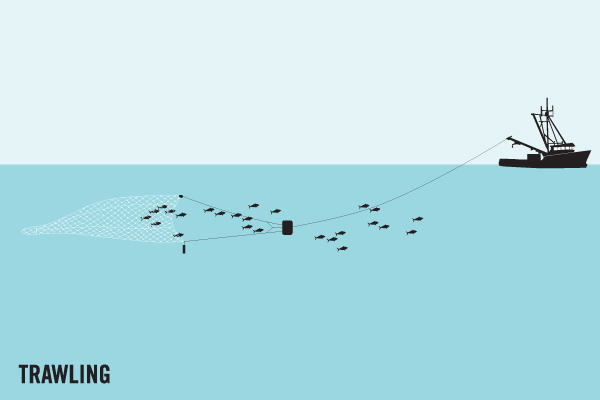Average Weight/Length
Most run 1-2 pounds; rarely 5-6 pounds. World record 6 pounds, 1 ounce.
Other "Popular" Names for this Fish
Strawberry, Sandwich Grouper, Cabrilla, Tofia
Location Habitat
Coral reefs. Found in shallow reefs and rocky bottoms. Usually solitary and territorial. Feed mainly on crabs (Calapa and Mithrax) and other crustaceans (alpheid shrimps and scyllarid lobsters), fishes (labrids and haemulids), and octopus. Some undergo sexual inversion at 28 cm TL; most fish larger than 40 cm are males. Important in terms of numbers caught and total weight of landings in the Caribbean. Easily approached by divers. Hermaphrodite species. Excellent food fish. Readily caught on hook and line and easily speared. Very plentiful on Bahamas reefs in 40-80 feet. Also found in South Florida, but less common and usually in 100 feet or more.
Biology & Physical Description
Numerous bright red spots on lighter or creamy red background. Caudal, anal and posterior dorsal fins edged in black. Dorsal spines (total): 11; Dorsal soft rays (total): 15-16; Anal spines: 3; Anal soft rays: 8. Scales cycloid except for a ctenoid patch of variable size in the pectoral region. Greenish gray to light brown on the back grading to white ventrally, with numerous well-spaced dull orange-red to brown spots on the head, body and fins. Five faint diagonal bars formed by darker spots on the sides. No saddle-shaped blotch on caudal peduncle or along base of dorsal fin; further characterized by having body depth contained 2.7-3.1 times in standard length; head length 2.3-2.4 times in standard length; evenly serrate preopercle, without salient angle; posterior nostril larger than anterior nostril
Life Cycle & Mating Behavior
Females rest on or close to the bottom, while males patrol around an area that consists of 1 to 5 females and defend this territory from other males. Form aggregation and reproduce almost exclusively within the aggregation period
Geographic Species Map (Fishbase.org Map)
|
|

|
Summary of Distribution: Western Atlantic: North Carolina, USA to Paraíba, Brazil. The most common species of Epinephelus in the West Indies. |
|
Note: Distribution range colors indicate degree of suitability of habitat which can be interpreted as probabilities of occurrence (fishbase.org) |
|
Sport Fishing Techniques
|
|
Kite Fishing (Rig)A Kite Fishing Rig is.... |
|
|
|
River DriftRiver Drift means to use the.... |
|
|
|
TrawlingTrawling is when.... |
|
Tackle & Baits
In some reef areas of the Bahamas, Red Hinds can be caught to the point of boredom by drifting and bouncing the bottom with jigs. Bottom fishing with cut baits of any kind is also productive.
Game Rating
Game Rating : 7/10
Game Description :
Aggressive striker; lethargic battler.
Food Rating
Game Rating : 8.5/10
Game Description :
Excellent




















 Red Hind Grouper
Red Hind Grouper 

.jpg)


